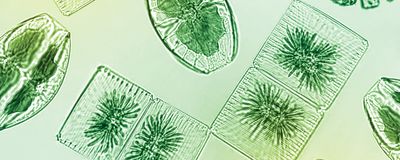carbon cycle
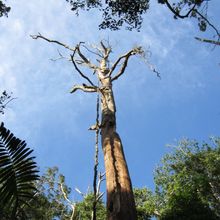
Certain Tree Species Are More Susceptible to Death by Lightning
Hannah Thomasy, PhD | Dec 12, 2022 | 2 min read
Expected increases in lightning strikes due to climate change could alter the botanical composition of tropical forests.
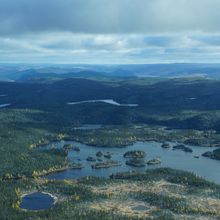
Microbial Analysis of River Reveals Considerable Diversity
Annie Melchor | Mar 1, 2022 | 4 min read
Scientists in Canada trace how aquatic communities change as Quebec’s Romaine River flows into the sea.
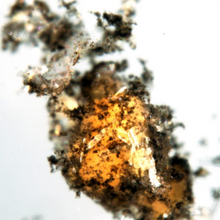
Deep Sea Microbes Produce Graphite-like Carbon
Chloe Tenn | Nov 11, 2021 | 2 min read
The first evidence of biologically produced elemental carbon inspires more questions than answers.
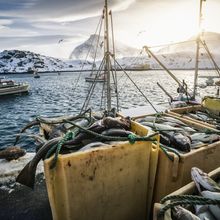
Fish Poop a Big Player in Ocean Carbon Sequestration
Katarina Zimmer | Oct 8, 2021 | 5 min read
A modeling study estimates that by drastically reducing fish biomass over the past century, industrial fishing may be affecting ocean chemistry, nutrient fluxes, and carbon cycling as much as climate change.
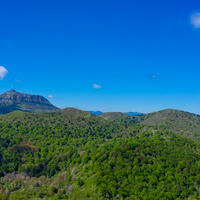
Clouds and Rain Carry a Menagerie of Photosynthetic Microbes
Chia-Yi Hou | Jun 24, 2019 | 2 min read
Microbiologists identify diatoms, algae, and cyanobacteria species from samples above a mountaintop in France.
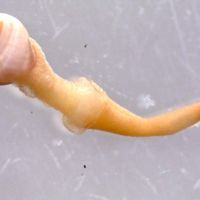
Image of the Day: Not What You Think
Carolyn Wilke | Apr 4, 2019 | 2 min read
Newly discovered and rather phallic-looking clams dwell at the bottom of the ocean and are some of only a few animals known to eat wood.
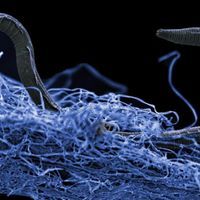
Life Deep Underground Is Twice the Volume of the Oceans: Study
Carolyn Wilke | Dec 11, 2018 | 2 min read
Scientists estimate that subterranean organisms constitute a massive amount of carbon, 245 to 385 times greater than that contained in all humans.
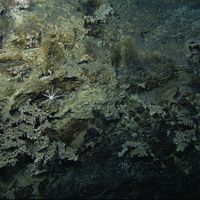
Sinking Carbon
Jim Daley | Jul 1, 2018 | 2 min read
With samples taken from the crust of the Mid-Atlantic Ridge, researchers have discovered where some of the oceans’ dissolved organic carbon winds up.
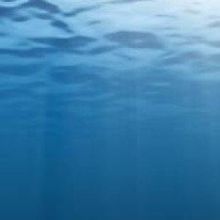
Deep-Sea Viruses Destroy Archaea
Ruth Williams | Oct 12, 2016 | 3 min read
Viruses are responsible for the majority of archaea deaths on the deep ocean floors, scientists show.
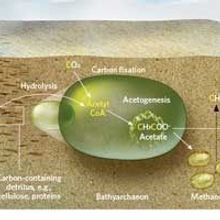
Archaea’s Role in Carbon Cycle
Catherine Offord | Jun 30, 2016 | 1 min read
Bathyarchaeota undergo acetogenesis, generating organic carbon below the seafloor.
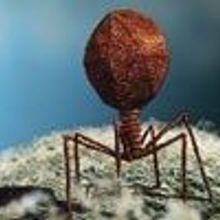
An Ocean of Viruses
Joshua S. Weitz and Steven W. Wilhelm | Jul 1, 2013 | 10+ min read
Viruses abound in the world’s oceans, yet researchers are only beginning to understand how they affect life and chemistry from the water’s surface to the sea floor.
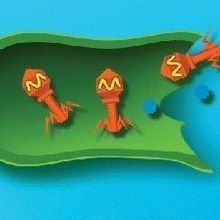
Sea Bugs
Joshua S. Weitz and Steven W. Wilhelm | Jun 30, 2013 | 1 min read
Ocean viruses can impact marine ecosystems in several ways.
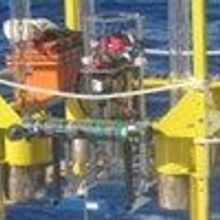
Microbes Thrive in Deepest Ocean
Sabrina Richards | Mar 17, 2013 | 3 min read
Researchers find remarkably active bacteria in the Mariana Trench, where they live under pressure 1,000 times greater than at the surface.
